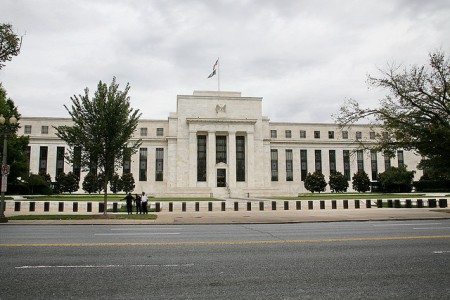Beginning in late 2012, then Fed Chairman Ben Bernanke announced that the Federal Reserve would continue buying U.S. government securities and mortgage-backed securities, but at the rate of an enlarged $85 billion per month, a policy that continued until early 2014. Since then, under the new Federal Reserve chair, Janet Yellen, the Federal Reserve has been “tapering” off its securities purchases until in July of 2014 it was reduced to a “mere” $35 billion a month.
In her recent statements, Yellen has insisted that she and the other members of the Federal Reserve Board of Governors, who serve as America’s monetary central planners, are watching carefully macro-economic indicators to know how to manage the money supply and interest rates to keep the slowing general economic recovery continuing without fear of price inflation.
Some of the significant economic gyrations on the stock markets over the past couple of months have reflected concerns and uncertainties about whether the Fed’s flood of paper money and near zero or negative real interest rates might be coming to an end. In other words, borrowing money to undertake investment projects or to fund stock purchases might actually cost something, rather than seeming to be free.
(Read the rest of the story here…)
